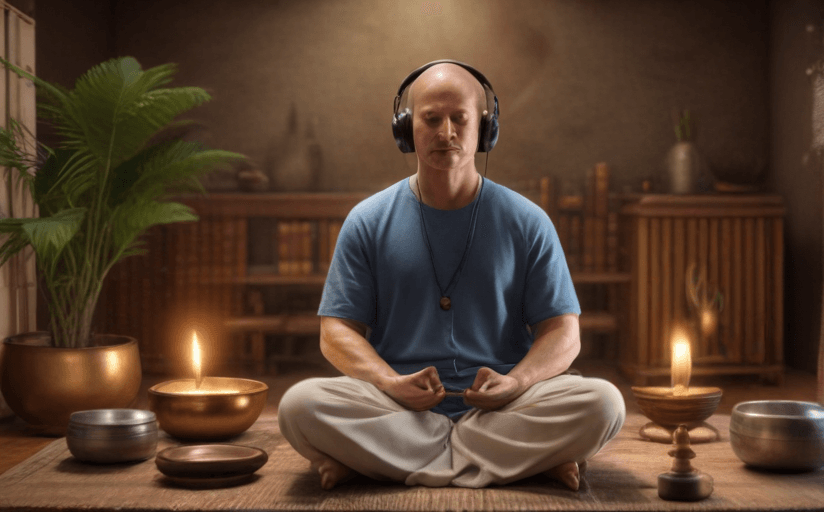Exploring the Power of Sound Therapy on Mental Wellness
Unfolding the Principles of Sound Therapy
Sound therapy, also known as vibroacoustic or acoustic therapy, works on the principle that our bodies respond to vibrations and frequencies of distinct sounds. The resonant vibes of specific sounds and music can help calm the mind, promote relaxation, and induce therapeutic effects. It contributes to triggering the healing process in both emotional and physical aspects.
Applications and Techniques of Sound Therapy
Various techniques underpin the wide applications of sound therapy, with a plethora of healing instruments involved. Examples include Tibetan singing bowls, tuning forks, gongs, and even human voice.
One remarkable method is Binaural Beats, which involves playing two slightly different frequencies in each ear. It aims to synchronize brainwaves to reach a deep state of relaxation conducive to healing. Other techniques such as Neurologic Music Therapy (NMT) focus on improving brain functions affected by neurological diseases or injuries.
The Growing Popularity of Sound Therapy
Sound therapy's increasing popularity stems from its non-invasive effective nature and its ability to foster mental health. More people and therapists are incorporating it into their wellness routines, offering a unique approach to ameliorate stress, anxiety, and depression.
Evidence of benefits
Several research and anecdotal shreds of evidence support the therapeutic benefits of sound therapy. Studies show that it can reduce anxiety levels, improve moods, and boost cognitive and motor functions in Alzheimer's patients. Additionally, it has proved helpful in managing symptoms of depression.
Future Developments in the Field
The potential for future developments in sound therapy is promising. As scientific research continues to uncover elaborate areas of our brain's response to sound, personalized sound therapy could be a fascinating future trend. We can look forward to a day when sound therapy techniques could be as commonplace as any form of rehabilitation and healing practice.
Conclusion
Sound therapy shines a beacon of hope in mental health care, providing a simple yet effective rhythm to dance away worries and distress. As we continue exploring this field and harness its wondrous potentials, healing will not just be an act but a harmonious symphony that nurtures holistic wellness.



















Comments
Leave a Comment